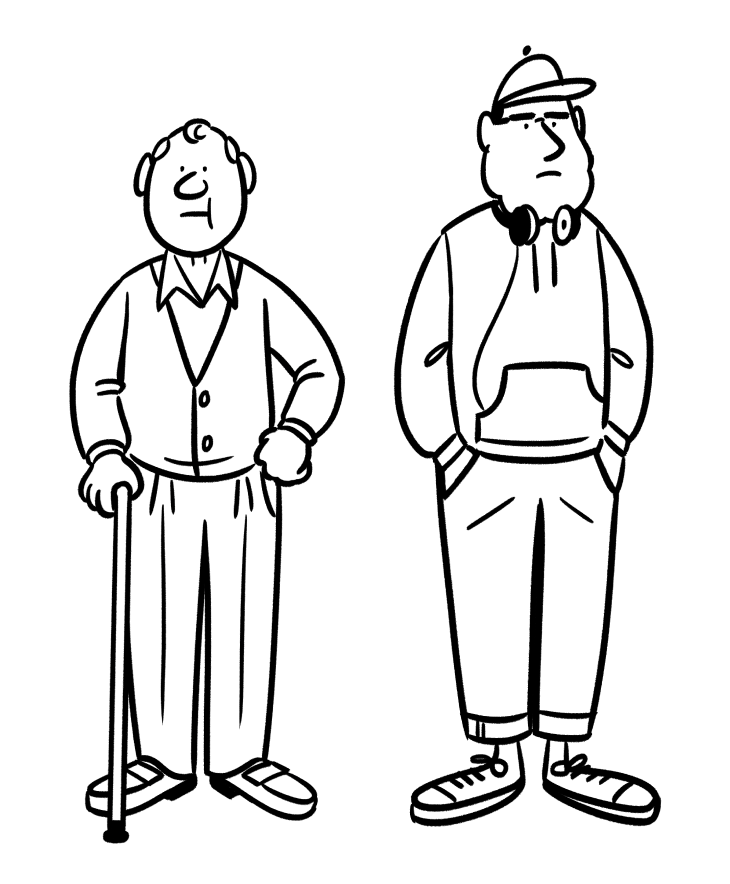About Us
Centre for Suicide Prevention is an education centre, a centre of excellence, based in Calgary, Alberta. We are a branch of the Canadian Mental Health Association.
We are educators. For 40 years, we’ve been equipping Canadians with the information, knowledge and skills necessary to respond to people considering suicide.
We educate online, in print, and interactively. Our library of over 50,000 suicide-specific items, the largest English-language collection of its kind, informs the work we do.




